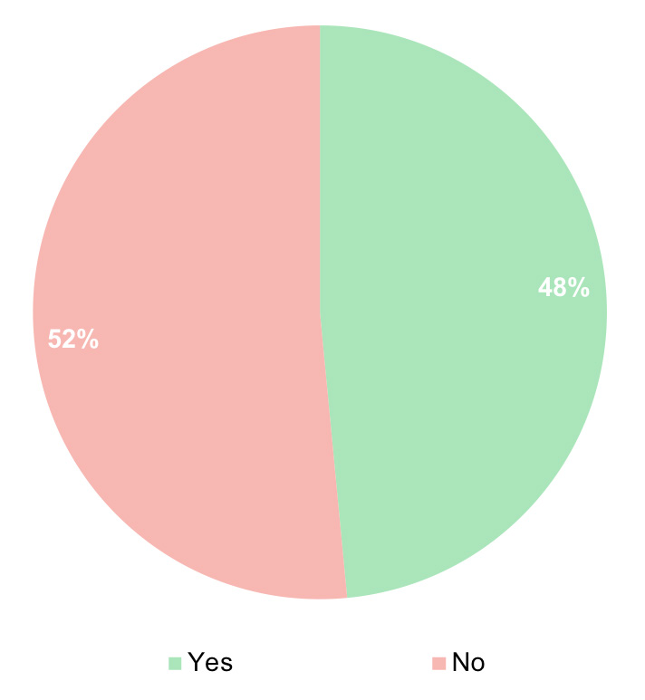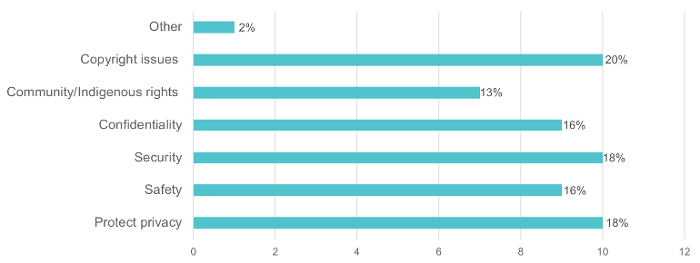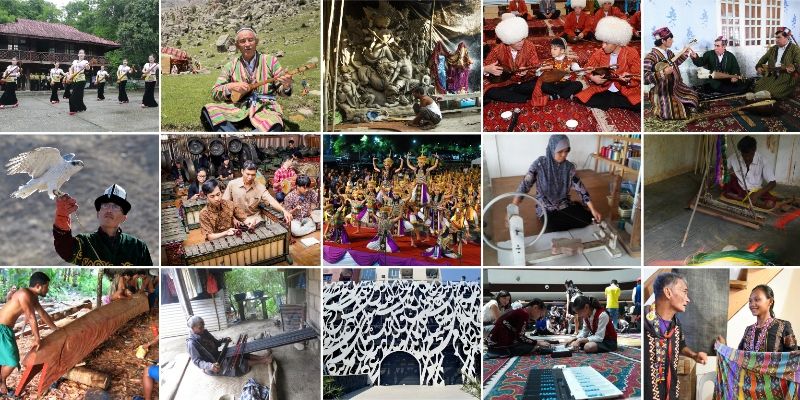The first pilot Memory of the World State of Preservation Report 2020 for Southeast Asia reveals interesting findings
The Memory of the World (MoW) Register, one of the most publicly visible aspects of the Programme, is a key element at the international, regional and national level. The MoW Register is an integral part of the General Guidelines of the Memory of the World Programme, first published in 1995 and then subsequently revised and approved in 2021. The Register is not only a mechanism to identify important documentary heritage held in museums, archives, libraries and other custodians across the world but also an asset to communicate its outstanding universal value by making it accessible to all.
In Southeast Asia, there are currently 30 inscriptions on the MoW International Register, recognized for their global significance. However, until now, no data had been collected on their state of preservation and accessibility to the public. With the aim to address these issues, UNESCO Bangkok Office with the support of the Japanese Funds-in-Trust (JFIT) initiated a pilot survey in order to analyse the MoW inscriptions from Southeast Asia.
The survey had a high completion rate, with information received from 28 inscriptions, that resulted in the State of Preservation Report for Southeast Asia 2020 providing interesting findings with recommendations to be considered.
In terms of the type of memory institutes holding the MoW inscriptions in Southeast Asia, 34% are libraries, 30% are archives, 15% are archaeological sites, and 12% are museums. The high number of MoW inscriptions at archaeological sites can be attributed to stone inscriptions, which are a prevalent form of documentary heritage in Southeast Asia.
In relation to preservation, UNESCO and Memory of the World Committee for Asia and the Pacific (MOWCAP), along with stakeholders and the private sector, as stated in the conclusions of the report, should leverage efforts to mobilize funding and collaboration to improve serious concerns related to the environment and tropical weather in the region that are highly affecting the MoW collections. Trainings should also be developed to help address management, preservation, disaster risks issues and the impacts of COVID-19 pandemic.
The results of the survey related to access suggest that financial and technical support is needed to ensure that all MoW collections are digitised and made available for the public in line with 2015 UNESCO’s Recommendation on Documentary Heritage which is available in several languages of Southeast Asia and promotes among others the principle of open access. Further work in promoting open access licenses is required, in particular with the use of Creative Commons copyright licenses.
When addressing the issue of outreach, the report recommended that custodians of inscriptions who do not have a logo should request it to UNESCO Secretariat in order to use their logos according to the guidelines. In fact, it is a key aspect to mobilize funding and raise the visibility of collections to internal and external stakeholders. Training on social media to enhance the visibility and communications around these inscriptions could also be enhanced.
UNESCO established the Memory of the World Programme in 1992 to facilitate preservation of the world’s documentary heritage, assist with universal access to it and increase awareness of the existence and significance of documentary heritage. UNESCO would like to thank all the custodians of the MoW inscriptions for their time to complete the survey and for providing valuable information.
For more information, access the State of Preservation Report for Southeast Asia 2020.
Some interesting results extracted from the report:
- Has your MoW collection been affected, or at risk from, any of the following preservation issues?

Respondents listed the risk as ‘high’ for humidity (9), moisture (6) and temperature (5). This is understandable given the tropical climate of Southeast Asia, where humidity and moisture are high, along with fluctuating temperatures. Microorganisms (5), pest infestation (7) and dust (6) were listed as moderate issues, which suggests that storage and adequate repositories is an issue.
- Has your inscribed MoW documentary heritage been digitized?

The results shown in Figure 20 illustrate that not all of the MoW documentary heritage has been digitized; 67% of the inscriptions have been digitized, 12% have not been digitised, while 21% have been partially digitized. 82% of collections have access restrictions, while only 67 % have been digitized, meaning that 15% of collections are not accessible to the public in either physical or digital form, which is not acceptable under the MoW Programme General Guidelines. Support is needed to ensure that all MoW collections are digitised and made available for the public.
- Are there any restrictions on access to the digitized images of your inscribed MoW documentary heritage?

Figure 25 illustrates that 48% of the respondents have restrictions on access to the digitized MoW collections, while Figure 26 shows why these restrictions are made. The most commonly shared reasons why these restrictions are made are copyright issues(20%), security and to protect privacy (18%). Overall this shows that there are still a number of restrictions on content. While some may be necessary (such as community/indigenous rights), further work is needed to ensure the collections can be as accessible as possible, in accordance with the UNESCO Recommendation which promotes the principles of open access.

- What training is needed to better manage the preservation and access of your MoW collection?

The highest response rate on training needed was training on digital heritage preservation (70%), the second was digitization (61 %), followed by copyright/open access (58%), applied conservation (58%), management plans development (55%), disaster risk management (55%), and access policy (55%). The lowest rate (31%) is cataloguing (archival description) training.







